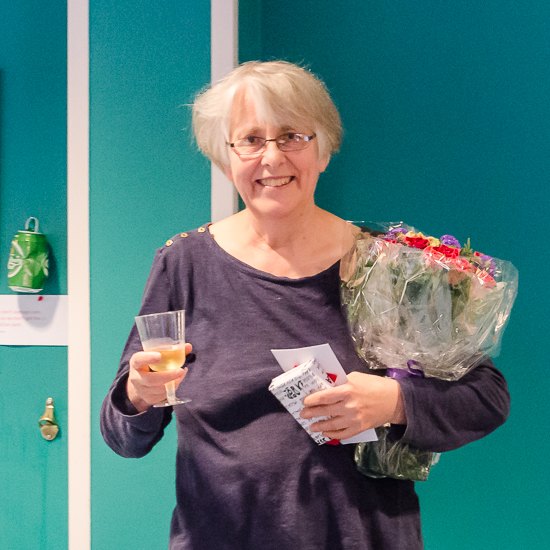
Igår blev Eva Friman avtackad, då hon snart går i pension. I år har Eva varit hela 40 år på Lunds universitet. Hon kommer dock att (mer …)
Biologiska institutionen | Lunds universitet

Igår blev Eva Friman avtackad, då hon snart går i pension. I år har Eva varit hela 40 år på Lunds universitet. Hon kommer dock att (mer …)
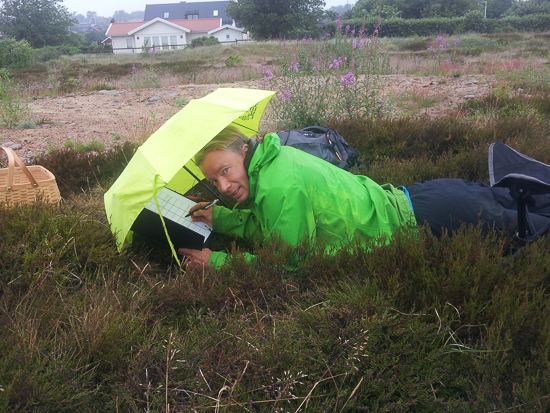
My name is Erik Borgström and I am just about to start my work as a project assistant in SandLife. SandLife is a nature conservation project with Lund University and the CABs of Skåne, Halland and Kalmar as project partners, aiming at preserving and restoring sand steppe and other sandy biotopes in southern Sweden. These biotopes declined drastically around 100-200 years ago when formerly cultivated sand-rich soils were abandoned, and restoration actions include clearing of Japanese Rose, creating areas of exposed sand and conservation burning. My task will be to help out with the coordination, compilation and evaluation of the monitoring of target species including vascular plants, hymenopterans, butterflies, birds and beetles.
During the summer I will take part in some of the monitoring of vascular plants myself and the rest of the year you will most likely found me stuck with a lot of field data from the last few years…which hopefully will lead to the conclusion that given carefully planned and evidence-based nature conservation actions there is still some hope (and maybe even a brighter future) for our beloved Dianthus arenarius (sandnejlika) and other sand-loving species!
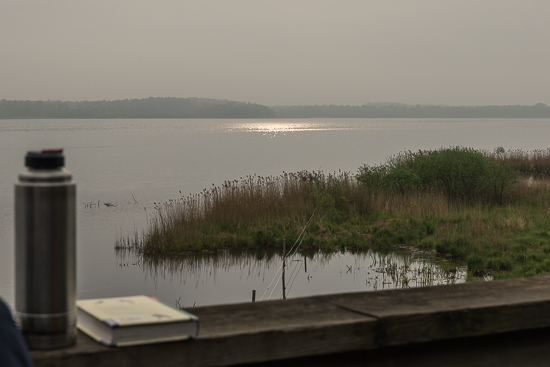
Ett säkert vårtecken är SACTs (gruppen Scientific ACTivities, dvs gruppen för vetenskapliga aktiviteter) årliga fågelexkursion till Krankesjön. I år var det (mer …)
FD Lillemor Lewan avled den 21 mars 2017, 82 år gammal.
Lillemor Lewan var den första kvinnan som disputerade i ämnet zoofysiologi vid LU. På institutionen bedrevs under denna period forskning och undervisning kring DNA/RNA/proteiner och polyaminer samt hibernations- och neonatalforskning och neurovetenskaplig forskning. Utvecklingsfysiologi, celldifferentiering och celldifferentiering var nyckelord.
Lillemor Lewans forskning omfattade DNA- och RNA- metabolism i partiellt regenererande lever. Avhandlingen, ”A study of mouse liver regeneration of the organ, cellular and nuclear levels” 1972, följdes av fortsatt forskning bland annat i samarbete med forskare i medicinsk patologi. Hon handledde flera doktorander till doktorsavhandlingar i zoofysiologi. Några arbeten berörde toxikologiska effekter i cellodling. Samtidigt med forskningen undervisade hon inom en tjänst som universitetslektor.
I populärvetenskapliga artiklar, bl a i Forskning och Framsteg 1990-1995, framhöll Lillemor vikten av att resultat från universitetets forskning förs ut i samhället , det vi i dag benämner den tredje uppgiften. Hon arbetade aktivt för jämställdheten mellan könen inom biologisk och naturvetenskaplig forskning. Hon engagerade sig senare i samhällsvetenskaplig forskning och deltog även i miljöundervisning och forskning vid institutionen för miljö och energisystem på LTH. Lillemor var i frontlinjen när LU inledde det europeiska utbytesprogrammet för studentutbyte, Erasmusprogrammet.
/Börje Karlsson
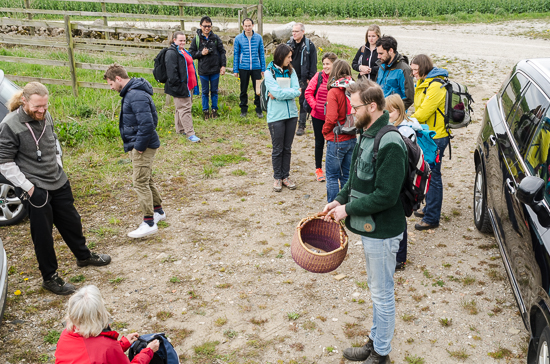
Today was the second time SACT arranged an excursion to find edible spring plants. In many parts of the world, there is a tradition to go out and gather fresh leaves and (mer …)
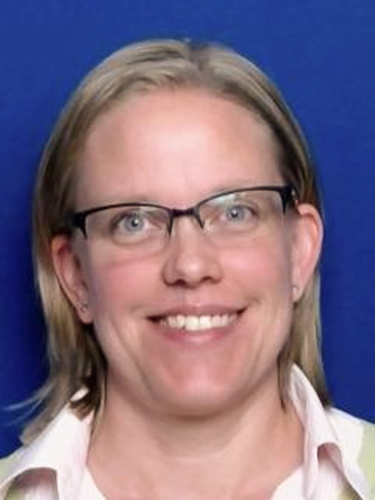
My name is Elin Johansson and I have started to work as personnel administrator at the Department of Biology, since April 2017. My tasks is to support you with HR administration and questions you may have regarding this.
Prior to this I worked at Tetra Pak and Sony Ericsson’s HR department. I have a degree in Master of Social Science.
I live with my family in Lund. At my spare time I like to spend time with my family and to meet my friends, do exercise and to be in the nature.
Mitt namn är Elin Johansson och jag är ny som personaladministratör vid biologiska institutionen, sedan april 2017. Mina arbetsuppgifter är administration av personalärenden och support av dem. Jag sitter på Prefektkansliet i Ekologihuset, rum E-230.
Tidigare har jag arbetat på Tetra Pak och Sony Ericssons personalavdelningar. Min utbildning är en beteendevetenskaplig magisterexamen med sociologi som huvudämne.
Jag bor i Lund tillsammans med min familj. På fritiden tycker jag om att spendera tid med min familj, träffa vänner, träna och vara ute i naturen.
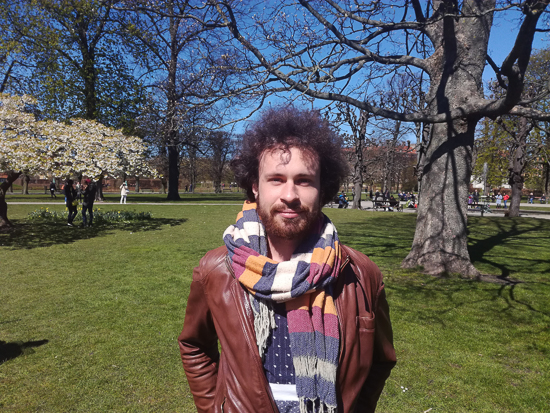
Hey! My name is Martin Škerlep and I just started a PhD at the aquatic ecology department. I will be studying how land-use affects browning of fresh waters (brownification). More specifically, my studies will focus on how different types of land-use affect mobility of iron and organic matter in soils. I will work under supervision of Emma Kritzberg.
I am from Slovenia, where I finished my bachelor’s degree in Biology at the University of Ljubljana. After that I continued my studies in Lund, where I majored in Aquatic ecology. Having also done my master’s project with Emma Kritzberg, I am now excited to continue with research in the same research group.
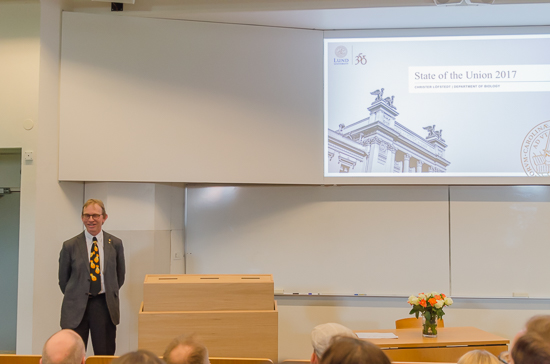
Today our Head of the Department, Christer Löfstedt, held his third “State of the Union” talk about how things are going (mer …)
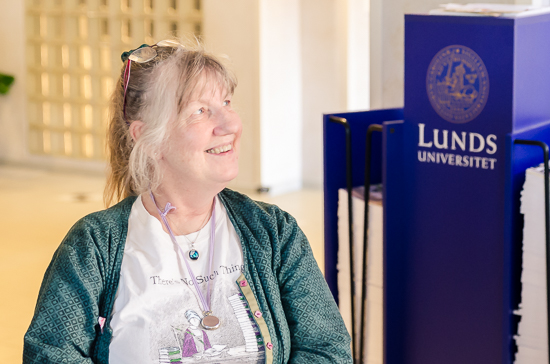
Igår bjöd Bodil Enoksson på ost och vin för att fira sin pensionering. Många kom för att (mer …)
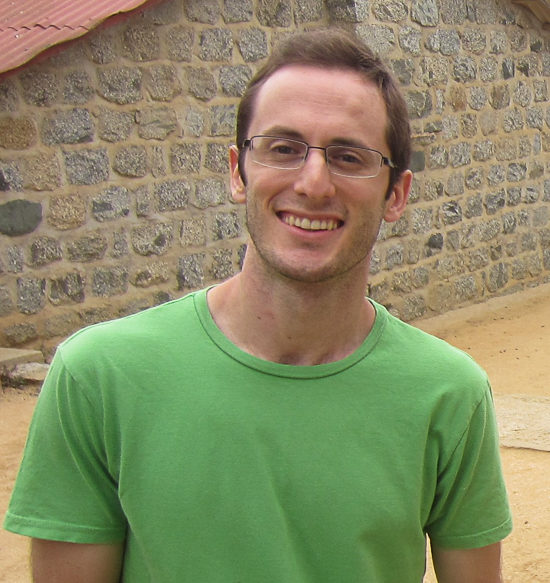
I recently received funding from the Carl Tryggers Foundation to begin a postdoc project with Staffan Bensch. I will work on the genetics and evolution of host specificity in malaria parasites of birds.
I’m originally from San Diego, California. I did my undergraduate work at UC Santa Barbara and my PhD at the University of Missouri-St. Louis. From there I moved to Belo Horizonte, Brazil for a mostly teaching postdoc at the Federal University of Minas Gerais.
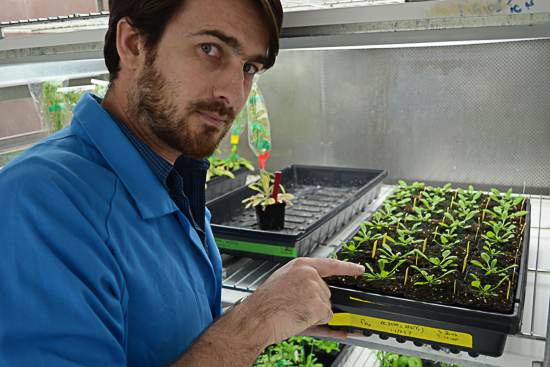
I have just started at LU as a new senior lecturer in the Molecular Cell Biology Unit. I was born in Belgium and completed my PhD at Ghent University. In 2007, I moved to the University of Western Australia to continue my research as a post-doc and Research Assistant Professor. Having returned to Europe, my new lab will be focusing on how plants perceive and respond to external stress conditions, ranging from heat and water stress, to pathogen infection, and even response to physical contact (so-called ‘touch’ responses). In particular, the role of energy converting organelles like mitochondria and chloroplasts will be studied during stress response, and how they can influence cellular signalling and gene expression through organelle-to-nuclear ‘retrograde’ signalling. The second main research area is to understand the molecular basis of how plants can change gene expression, hormone levels and downstream morphological changes within minutes of being touched. Indeed, plants are well aware of even gentle physical manipulation, for instance by rain drops falling on a leaf, or just a brief touch with a finger. This is thought to prepare the plant for further potential danger such as wounding and infection, but also changes in environmental conditions such as light, wind and rainfall.
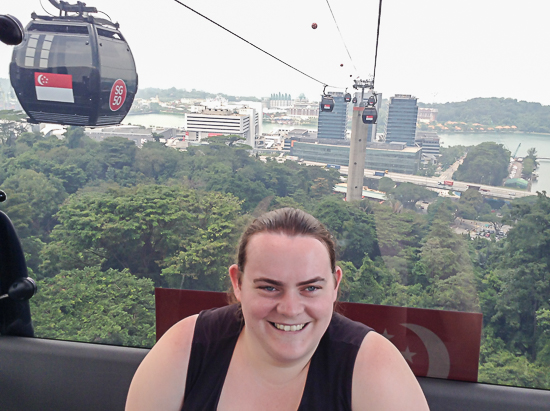
Victoria’s interests are in applying genomic techniques to organisms in order to better understand evolutionary relationships and the patterns and processes of molecular evolution and diversification both at intra- and inter-specific levels. Victoria completed her PhD at The University of Auckland, New Zealand with Thomas Buckley and Richard Newcomb. For her thesis, she used genomics techniques to investigation various evolutionary aspects of weta biology. In particular, she looked at molecular evolutionary patterns associated with alpine adaptation, de novo assembly of a giant weta genome and undertook a conservation genetic analysis of three threatened species. Victoria has now started working as a postdoc with Niklas Wahlberg on Lepidoptera phylogenomics.
Kommentarer